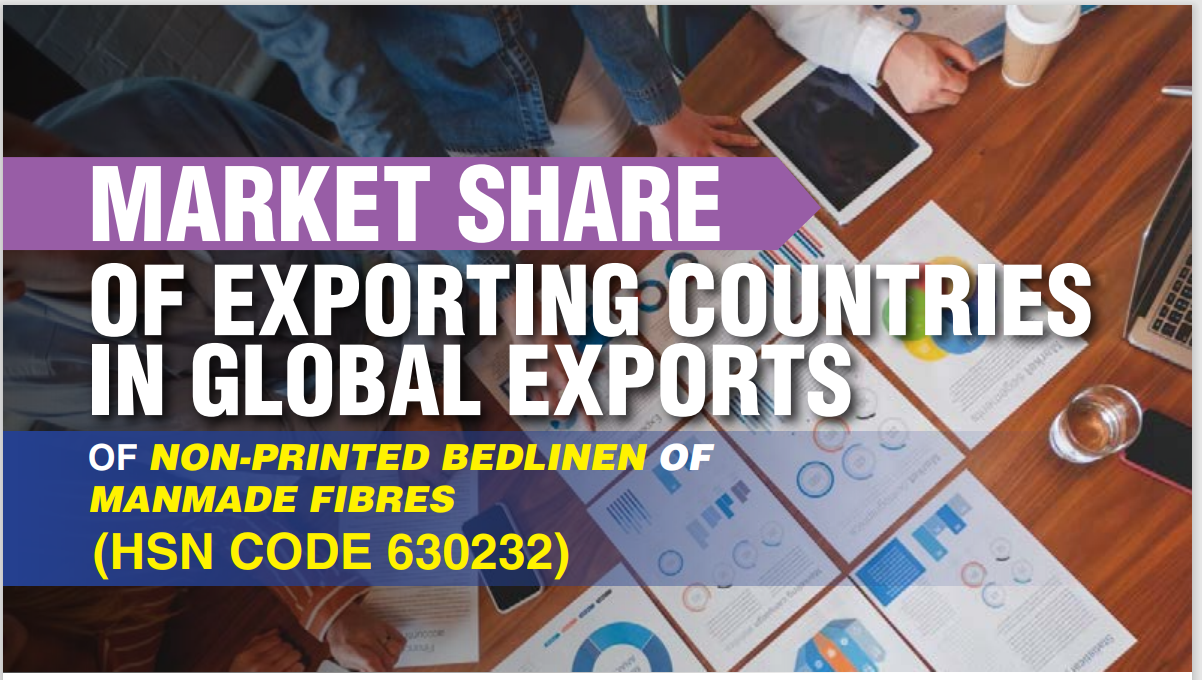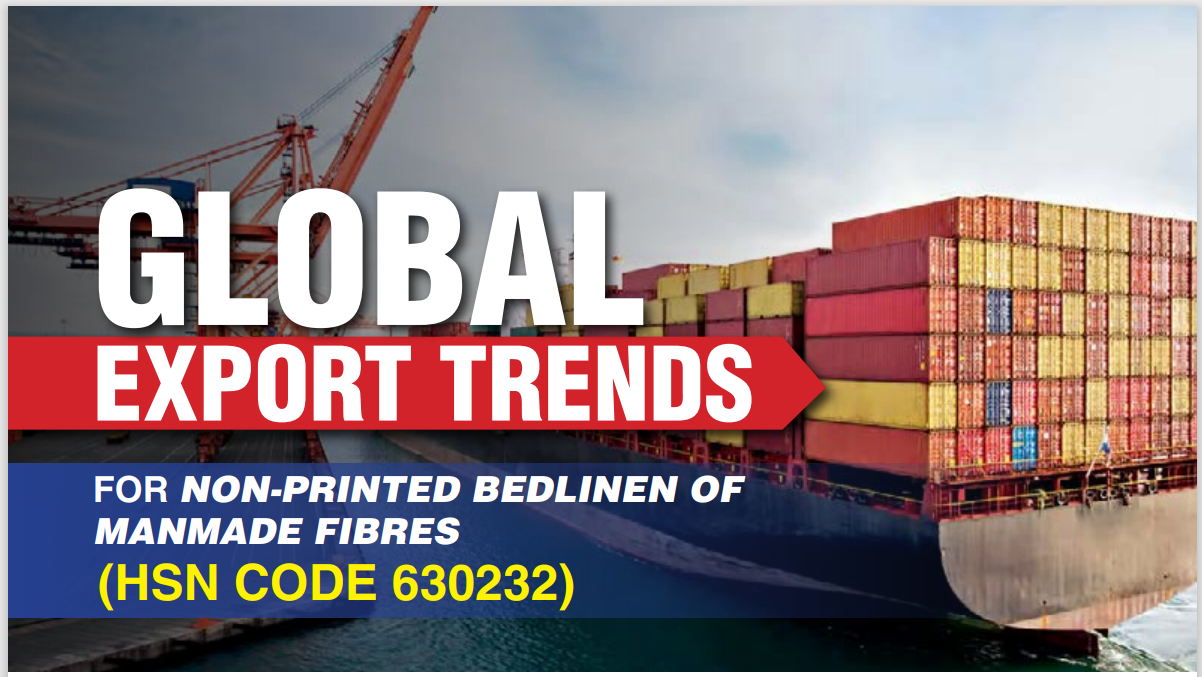Market Share Of Importing Countries In Global Imports Of Non-printed Bedlinen Of Manmade Fibres(hsn Code 630232)
Share Post
Country-Specific Insights:
USA has shown a remarkable increase in imports, with a growth rate of 95.0%, indicating a strong demand for imported goods. Starting at $377.3 million in 2016, the imports peaked at $830.8 million in 2021 before a slight decrease to $735.8 million in 2022.
UK’s import growth was relatively stagnant, with a mere 1.3% increase over six years. The imports fluctuated throughout the period, ending slightly higher at $147.6 million in 2022 from $145.8 million in 2016.
France experienced a substantial growth of 72.4%, with imports escalating particularly from 2020 to 2022, reaching $102.2 million.
Germany had a modest growth of 6.8%, with imports remaining relatively stable around the $60 million mark, except for a surge to $85.0 million in 2021.
Australia saw a decline in imports by -2.9%, indicating a reduction in import dependency or a shift towards other markets.
Canada’s imports grew by 32.6%, showing a consistent increase except for a drop in 2022 to $62.7 million.
Over View
The overall increase in global imports suggests economic growth and consumer demand. The USA’s dominant position might be due to its large consumer market and diversified import needs. The UK’s stagnation could be attributed to economic uncertainties, possibly related to Brexit. France’s and Canada’s growth indicates a recovery or expansion in certain sectors. Australia’s decline might suggest economic restructuring or a focus on domestic production.
India’s Position
India imports of Non-Printed Bedlinen of Manmade Fibres have seen a decline of -98.3%, plummeting from $14.8 million in 2016 to a negligible $0.3 million by 2022. The steep decline suggests sufficient increase in manufacturing capabilities of the country, significant changes in domestic policies, market demand and supply chain disruptions. India’s dramatic fall could be due to India achieving self-sufficiency in manufacturing of the products, policy changes, economic challenges, or a shift towards self-reliance. The trends reflect the dynamic nature of global trade, influenced by economic policies, geopolitical events, market demands, and supply chain factors. Each country’s specific situation, such as policy changes, economic reforms, or shifts in trade agreements, likely contributed to the observed trends.
04:29 PM, Sep 06


Foreign Buyers Forge New Ties at UP International Trade Show
04:21 PM, Sep 30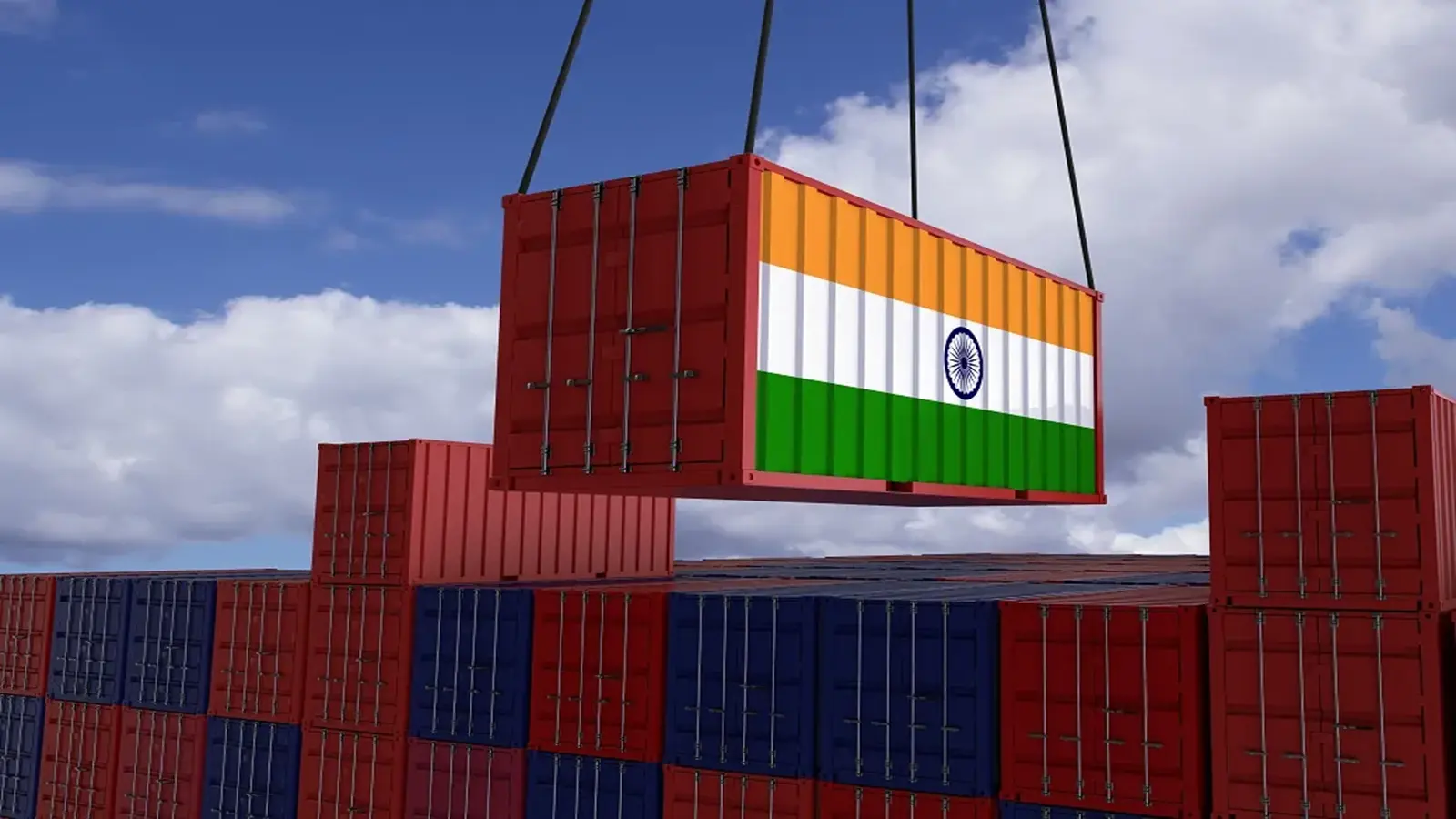
Government Extends RoDTEP Export Incentive Scheme Until March 2026
03:35 PM, Sep 30


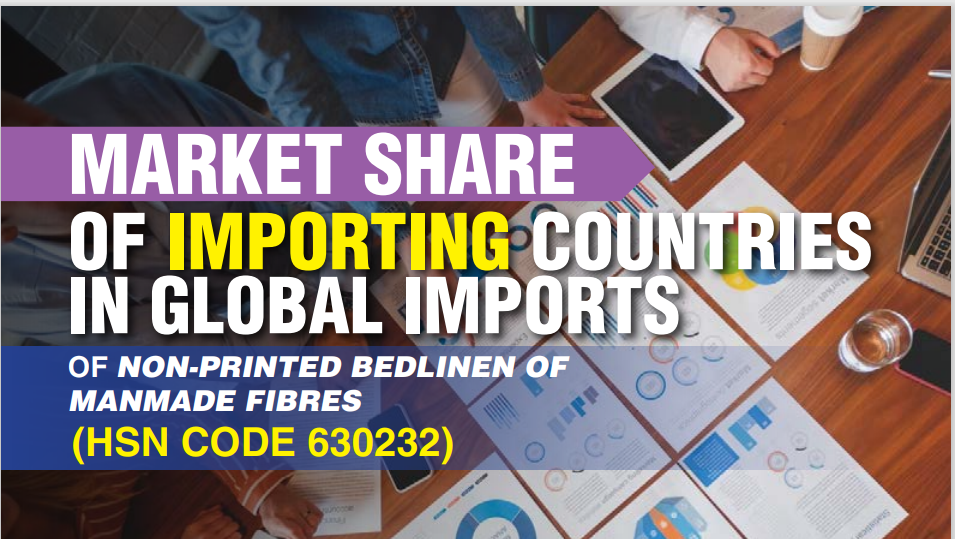
























.png)




31.PNG)

31.PNG)



51.PNG)
41.PNG)




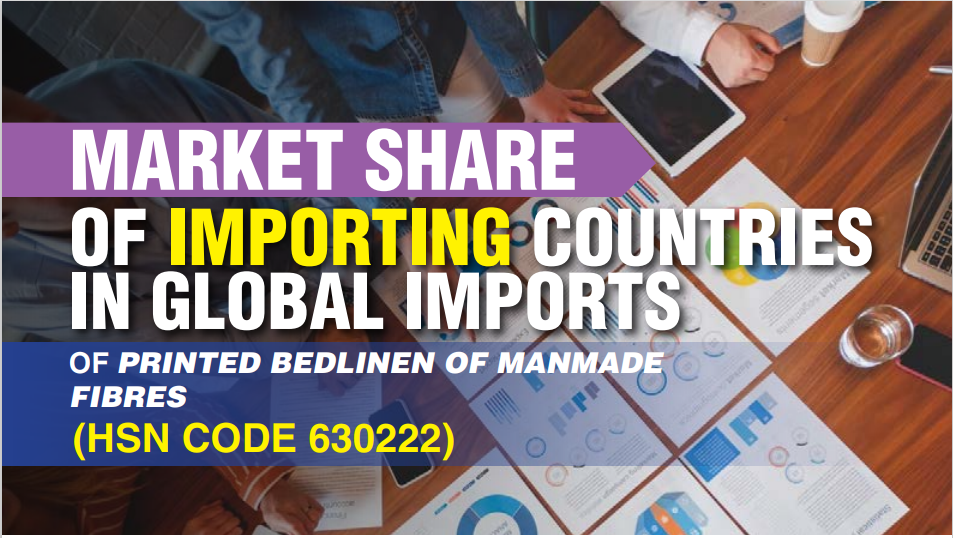
1.PNG)
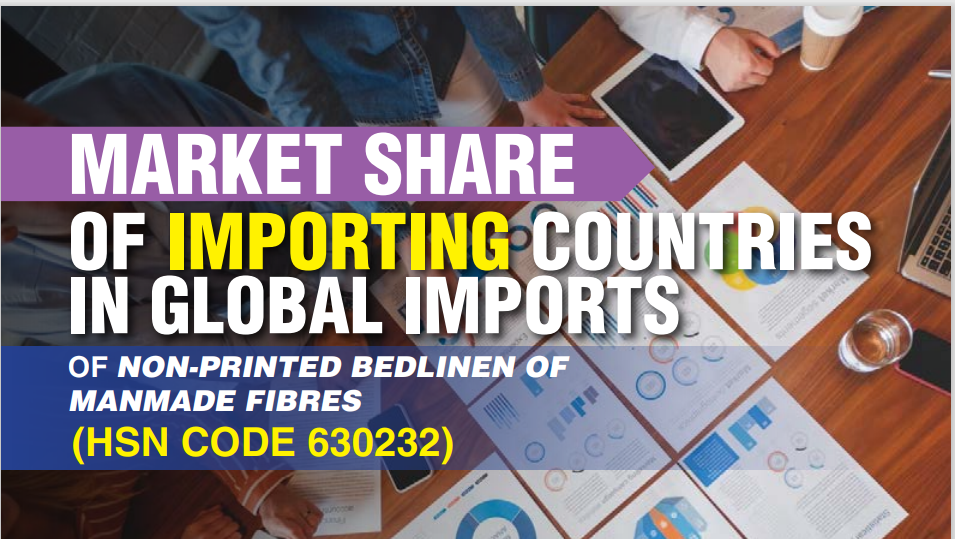
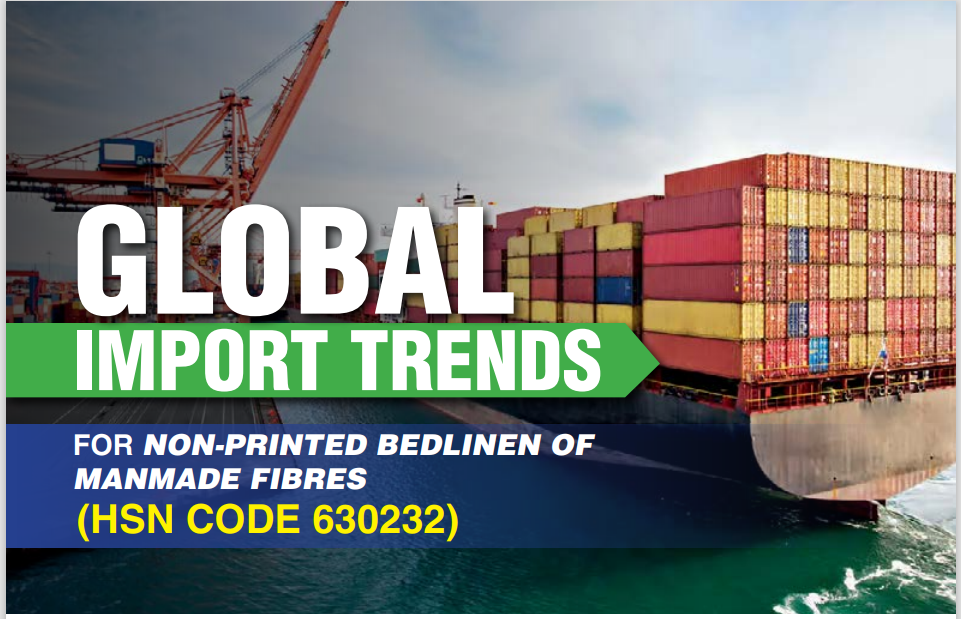
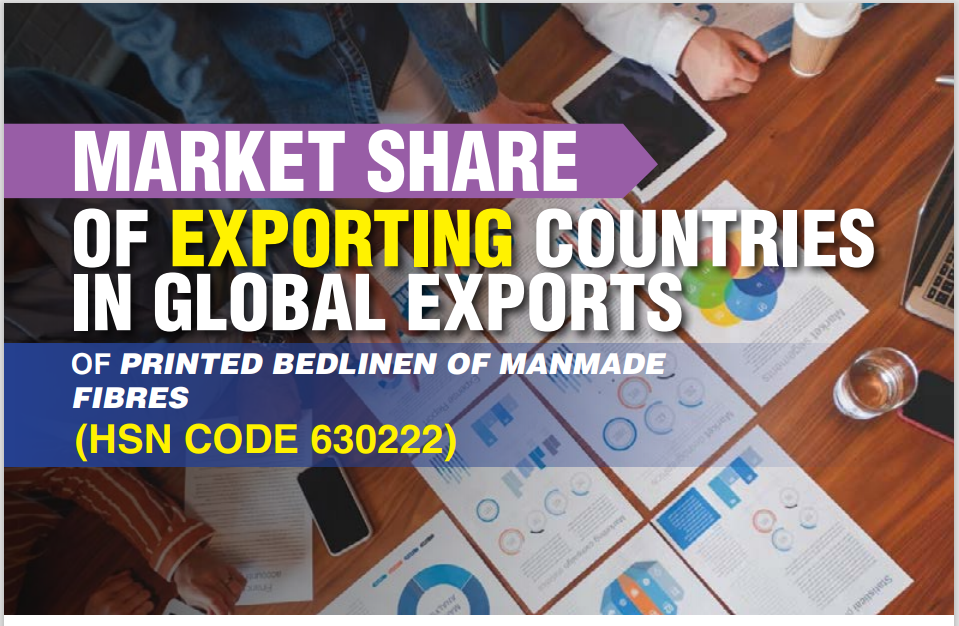
1.PNG)
